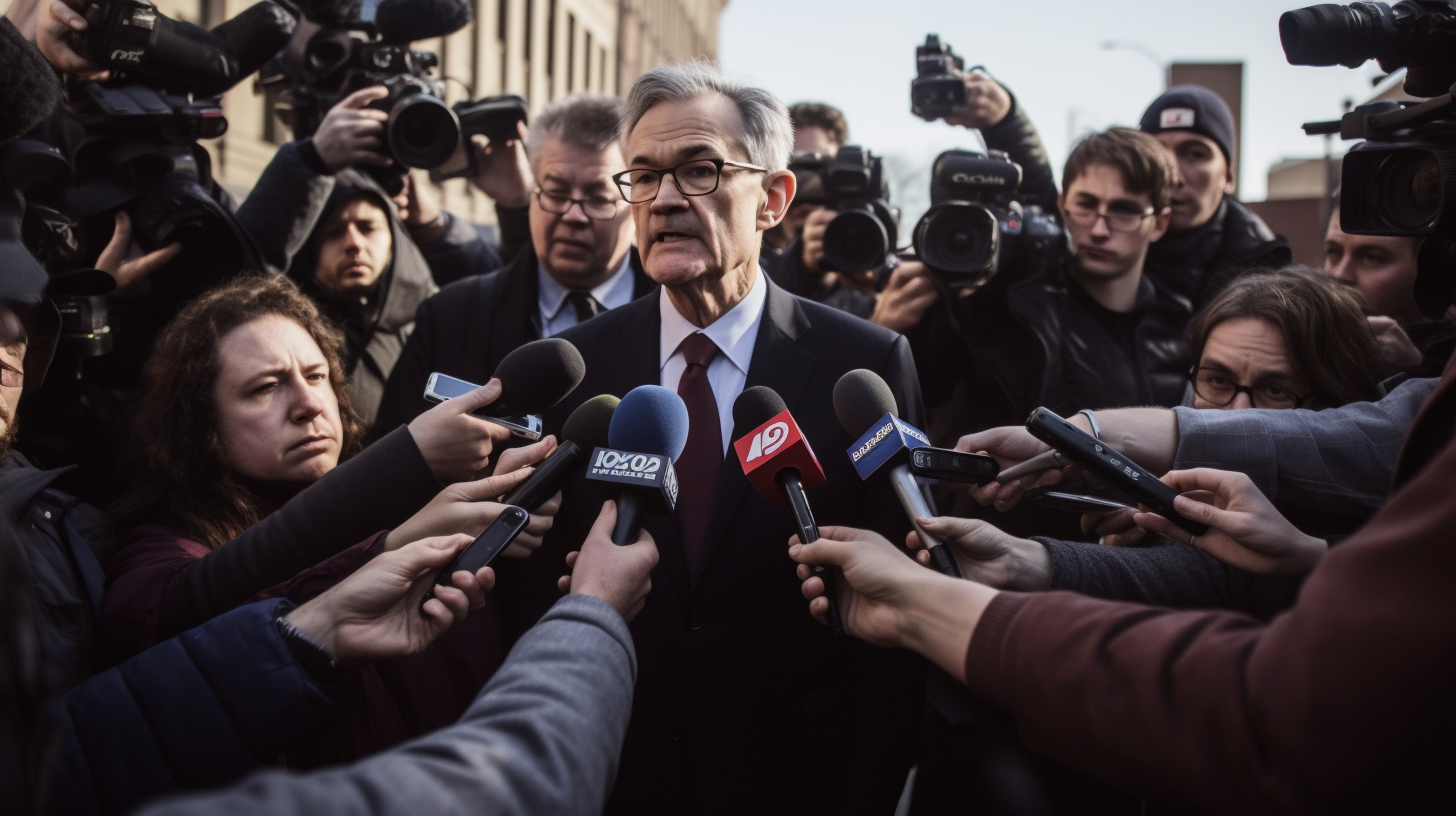The U.S. labor market turned in another solid performance in February, adding 275,000 new jobs and keeping the unemployment rate near historic lows. However, mixed signals within the employment report raised more questions than answers about the strength of the economy and the Federal Reserve’s next policy moves.
The 275,000 increase in non-farm payrolls topped economists’ expectations of 198,000 and showed hiring picked up after January’s downwardly revised 229,000 gain. The unemployment rate ticked higher to 3.9%, as more Americans entered the labor force but couldn’t immediately find jobs.
While the headline job growth was robust, details within the report revealed some potential red flags. Revisions slashed 167,000 jobs off the initially reported totals for December and January, indicating the labor market wasn’t quite as sturdy late last year as originally thought.
Additionally, wage growth is moderating after a strong run in 2022. Average hourly earnings rose just 0.1% for the month, undershooting forecasts, and are up 4.3% over the past year versus 4.5% year-over-year in January. Slower wage growth could ease inflation pressures but also signals softer labor demand.
“This jobs report has something for everyone in terms of economic narratives,” said Liz Ann Sonders, chief investment strategist at Charles Schwab. “You can view it as evidence the economy is weakening and a recession could be coming, or that it’s a Goldilocks scenario with solid growth and contained inflation.”
The details were undeniably mixed. Full-time jobs decreased, while part-time positions increased. And while the unemployment rate rose, measures of labor force participation also ticked higher, indicating workers are returning from the sidelines.
Industry hiring patterns reinforced the muddy economic picture. Healthcare companies led with 67,000 new jobs last month, while the government added 52,000 positions. Those stable healthcare and public sector gains were offset by disappointments in interest-rate sensitive areas like construction (23,000) and manufacturing, which saw a decline.
The spending side of the economy showed signs of life, with restaurants/bars adding 42,000 jobs and retailers hiring 19,000. But some of those consumer-facing gains could simply reflect volatility after January’s weather disruptions.
From an investing standpoint, the conflicting data raises uncertainty around the Fed’s rate path and the probability of a recession arriving in the next 12-18 months. Prior to the release, markets had priced in the Fed’s first rate cut in March based on signs of economic slowing.
However, the February jobs figures, combined with recent hawkish Fed rhetoric, shifted rate cut expectations to June or even July. Traders now see around 4 quarter-point cuts this year, down from upwards of 6-7 cuts priced in previously.
Dan North, senior economist at Allianz Trade Americas, said the nuanced report likely “doesn’t change the narrative” for the Fed in the near-term. “We’re still growing jobs at a good pace, and wages, while elevated, have come down a bit,” he said. “The Fed has more wood to chop, but the path towards easier policy is still visible on the horizon.”
For equity investors, the employment crosscurrents create a murky outlook that will require close monitoring of upcoming data points. On one hand, continued job creation supports consumer spending and Corporate America’s ability to preserve profit margins through the year.
The risk is that the Fed overtightens policy, doesn’t cut rates quickly enough, and the still-resilient labor market tips into contraction. That could increase recession odds and put downward pressure on revenue and earnings forecasts.
When job reports deliver contradictory signals, the prudent investment strategy is to prepare for multiple scenarios. Building defensive portfolio positions and rebalancing asset allocations can provide insulation if economic conditions deteriorate faster than expected. At the same time, holding core positions in quality companies can allow for participation if solid labor markets translate into better-than-feared growth.
Mixed economic data opens the door to increased market volatility. And in that environment, disciplined investing, active management, and opportunistic portfolio adjustments often become critical drivers of long-term returns.












